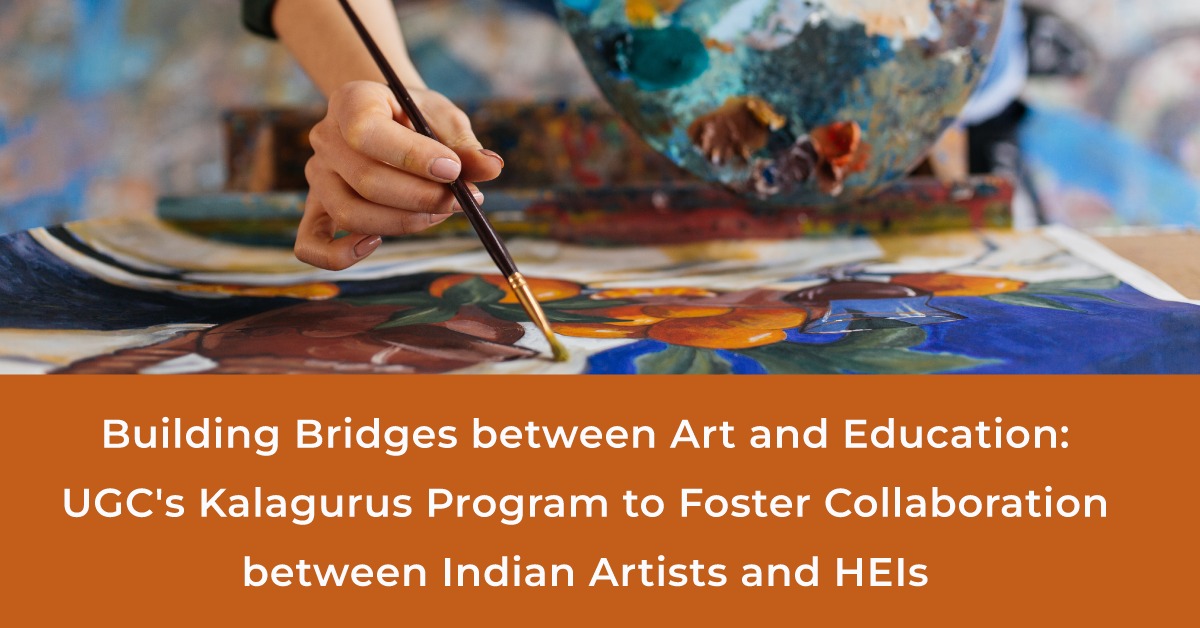
The University Grants Commission (UGC) has recently proposed a draft regulation that will appoint local artists and artisans in colleges and universities. This initiative aligns with the National Education Policy 2020‘s goal of bridging the gap between higher education and the arts. In this blog post, we will delve deeper into the UGC’s draft regulation and its potential impact on the art community in India. In this article, we explore this exciting development and its implications for aspiring artists and artisans.
According to the draft guidelines, higher education institutions will be responsible for selecting and empanelling artists and artisans as kala gurus under three categories: Parameshti Guru, Param Guru, and Guru. These artists can belong to any art form, including handicrafts, music, dance, folk dance, theatre, puppet shows, yoga, professional art forms like painting and photography, story-telling, magic shows, and calligraphy, among others. The artists will be selected based on their experience and eligibility criteria, which will differ for each category.
The Paramesthi category will be reserved for artists who have won a Padma award or other prestigious national or international-level awards with a minimum of 20 years of experience. The Param category will cover artists who have won at least one national and state-level government-recognized award or an award of equivalent level and have a minimum of 10 years of experience. The Guru category will cover artists who have gained fame as master artists of a particular art form, with a minimum of five years of experience. There won’t be any age restrictions for the three categories.
The kala gurus will be responsible for holding lectures, demonstrations, workshops, practicals, training, and other activities in their respective art forms.
They will be provided with a suitable and well-equipped workplace, along with the necessary materials and travel expenses, by higher education institutions. The institutions will also provide them with accommodation and an honorarium.
The UGC believes that this move will bring a much-needed change to the current education system, which is seen to operate in a mechanical way and lack emotions and feelings. By bringing artists and artisans into the mainstream education system, the UGC hopes to create a more holistic learning environment that promotes co-curricular activities and bridges the gap between higher education and the arts.
The draft guidelines have been made public for feedback, and it will be interesting to see how this proposal is received by the public and the education sector. Nevertheless, this move by the UGC is a step in the right direction and has the potential to benefit both the education sector and the arts and crafts industry in India.
Join us for FREE to get instant email updates!
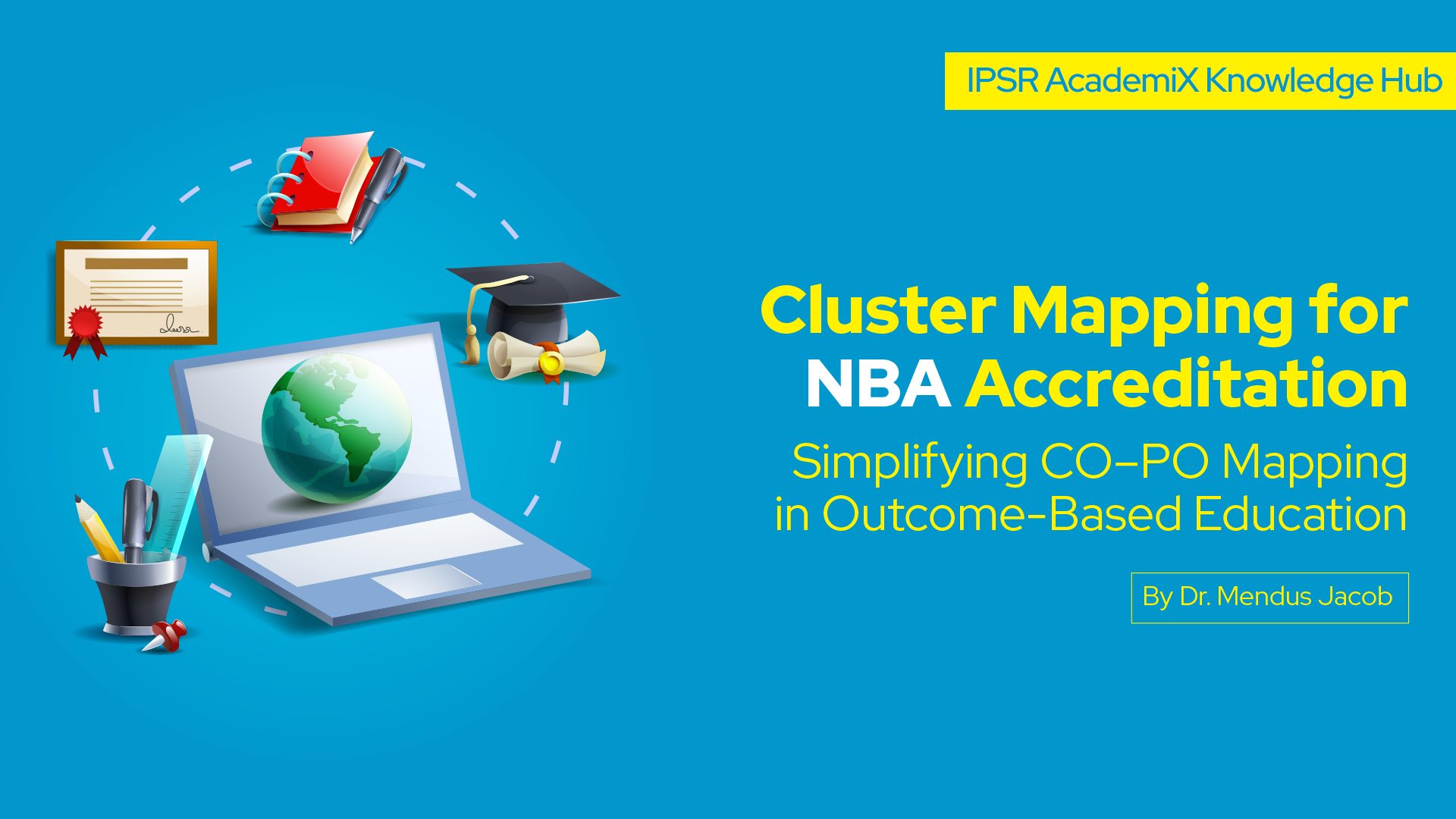
Simplifying CO–PO Mapping in Outcome-Based Education Accreditation by the National […]
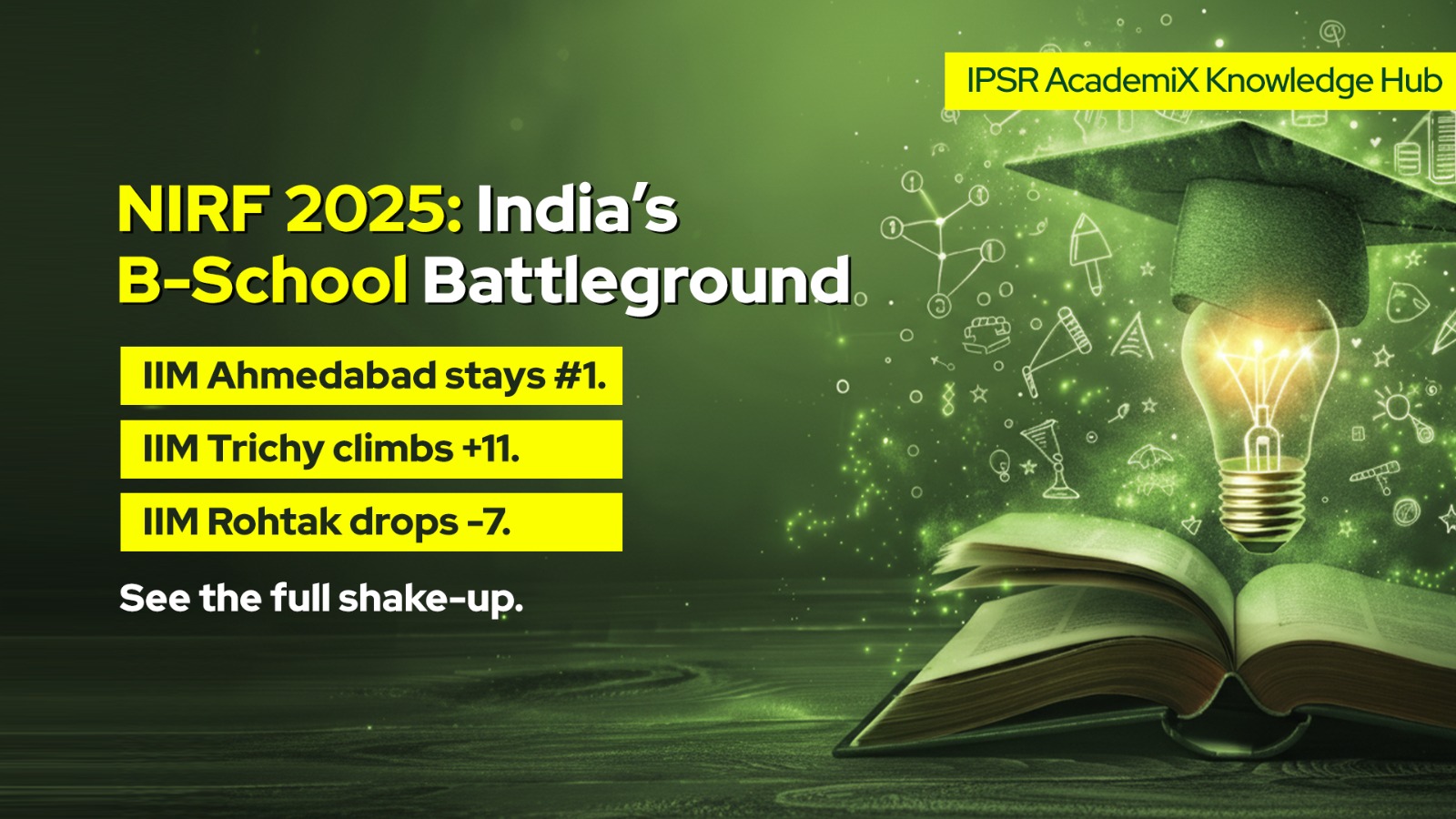
The National Institutional Ranking Framework (NIRF) 2025 results are out, […]
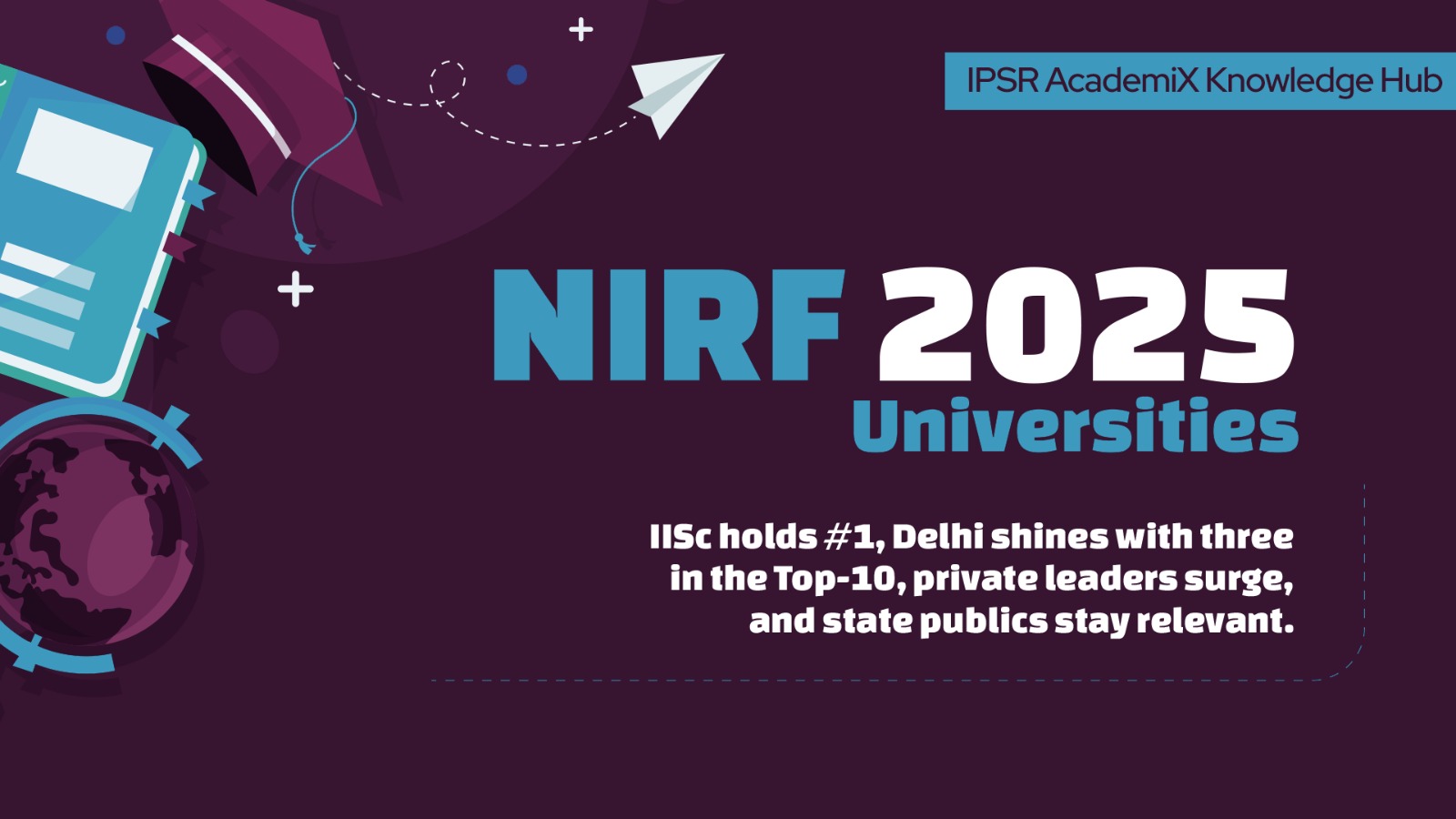
What the Top 100 Rankings Reveal About India’s Universities The […]
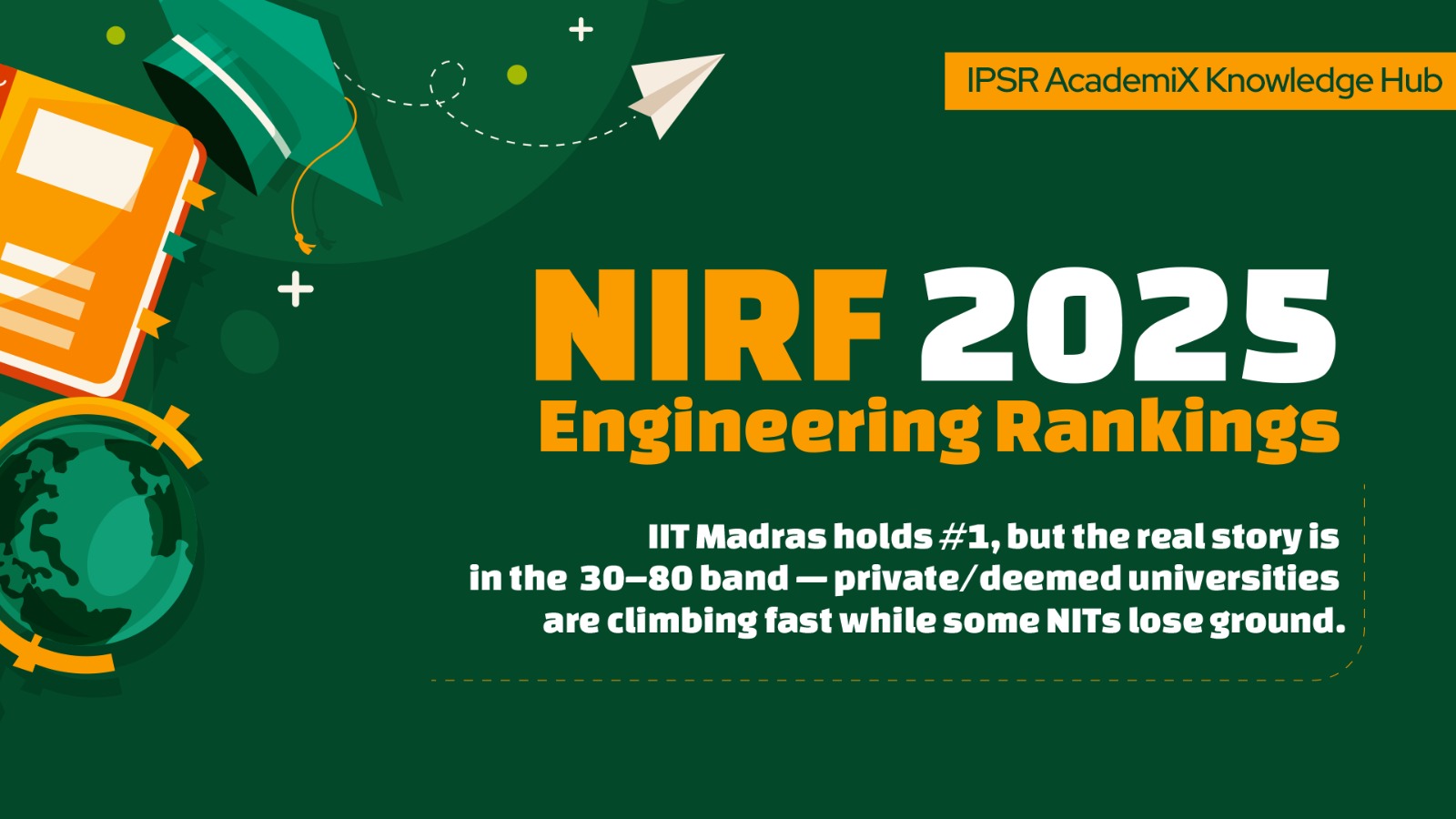
Exploring patterns, trends, and the evolving landscape of technical education […]
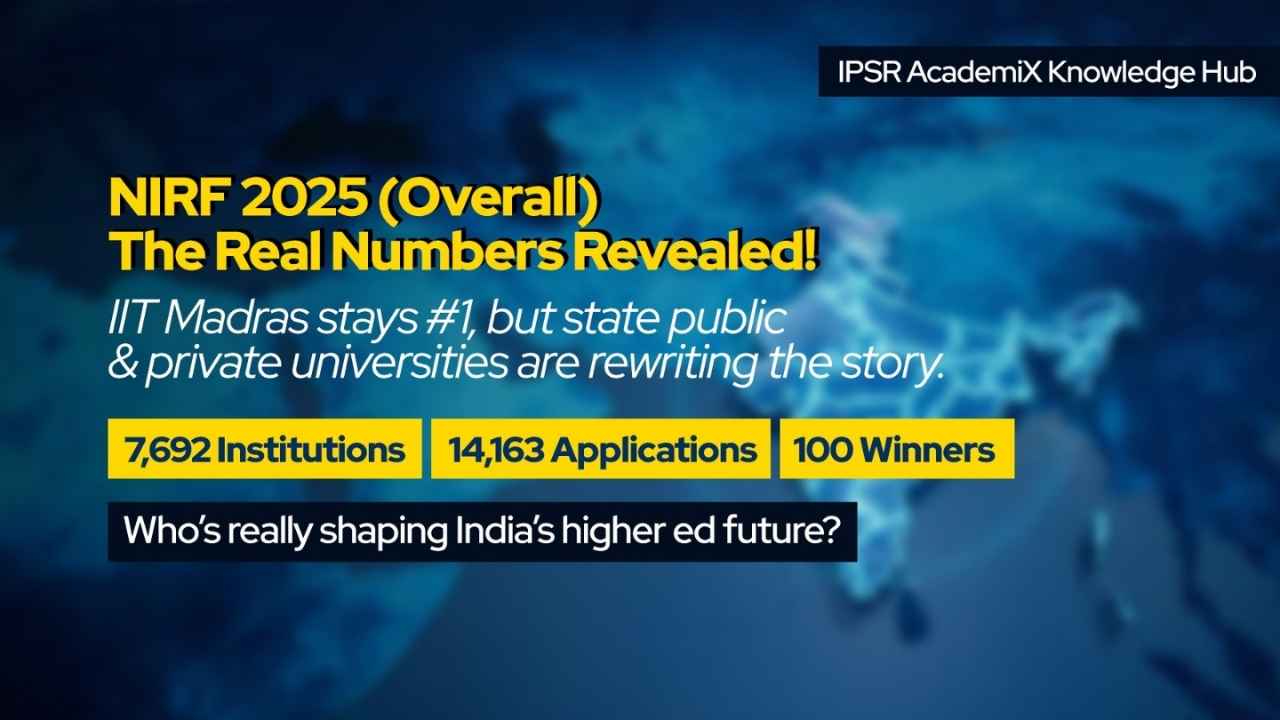
Release date: September 4, 2025 Source: NIRF portal’s Overall Top-100 […]
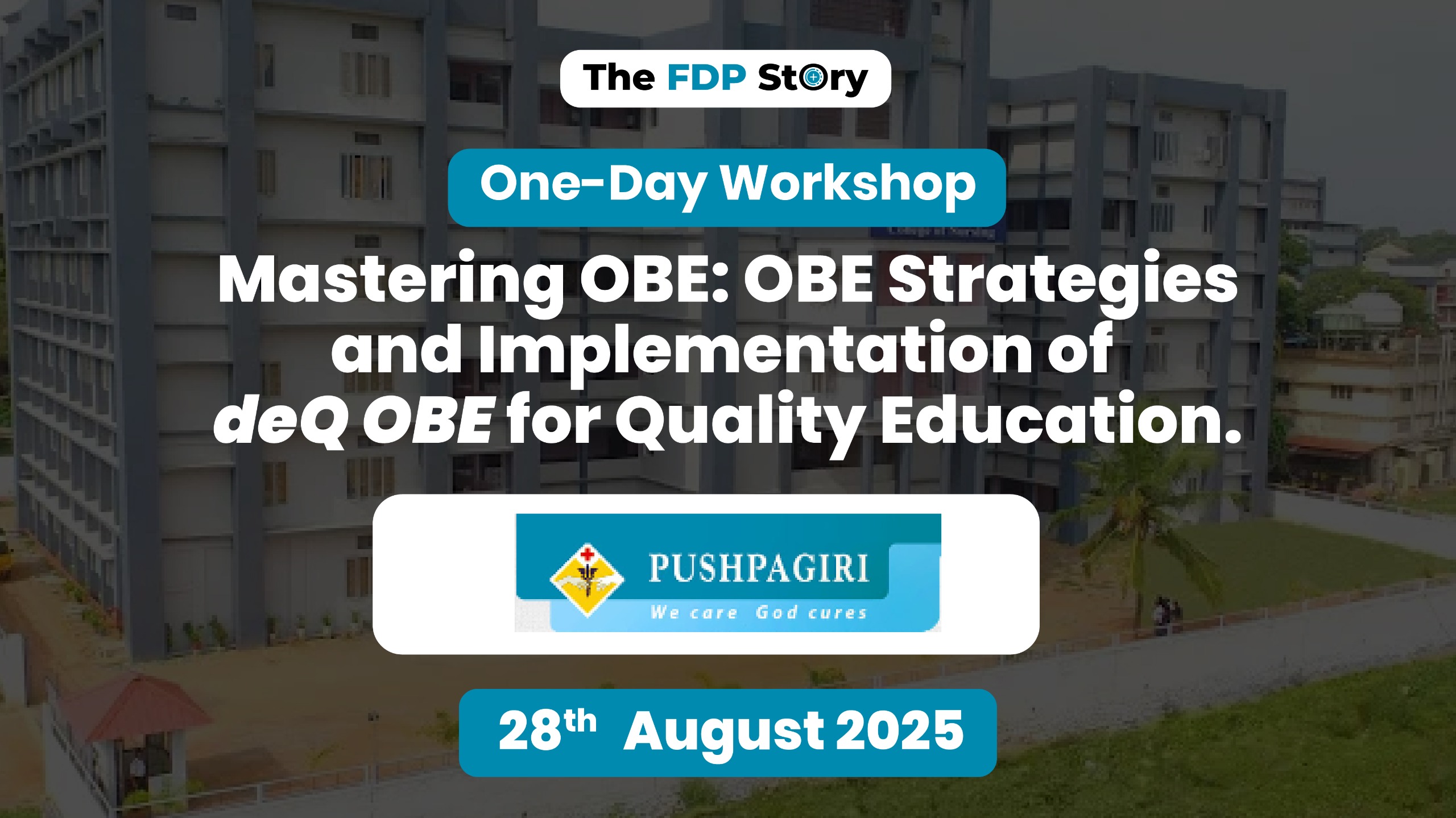
“Mastering OBE: OBE Strategies and Implementation of deQ OBE for […]
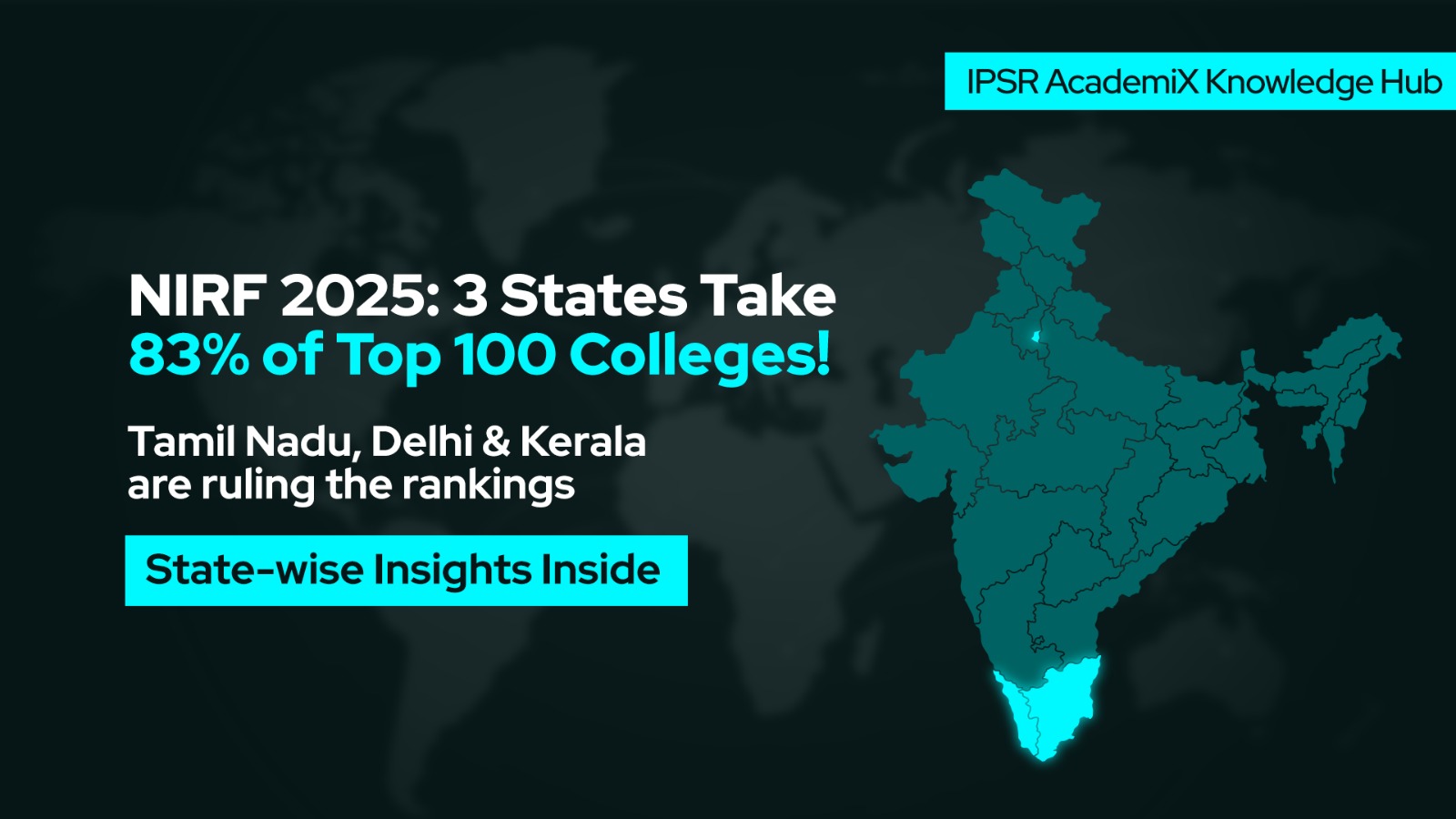
The National Institutional Ranking Framework (NIRF) 2025 has unveiled its […]
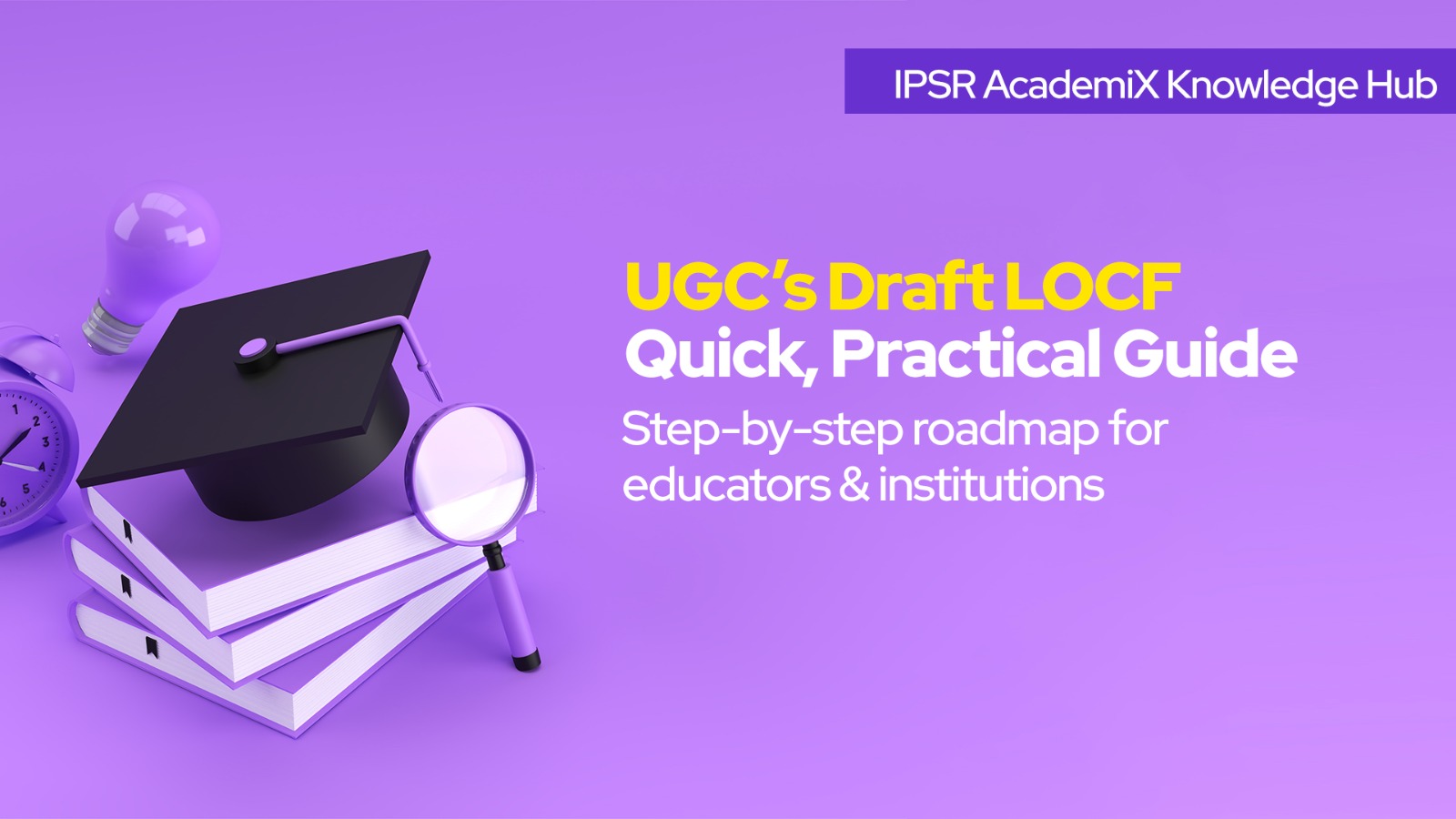
The University Grants Commission (UGC) has released draft Learning Outcomes-based […]
Leave A Comment